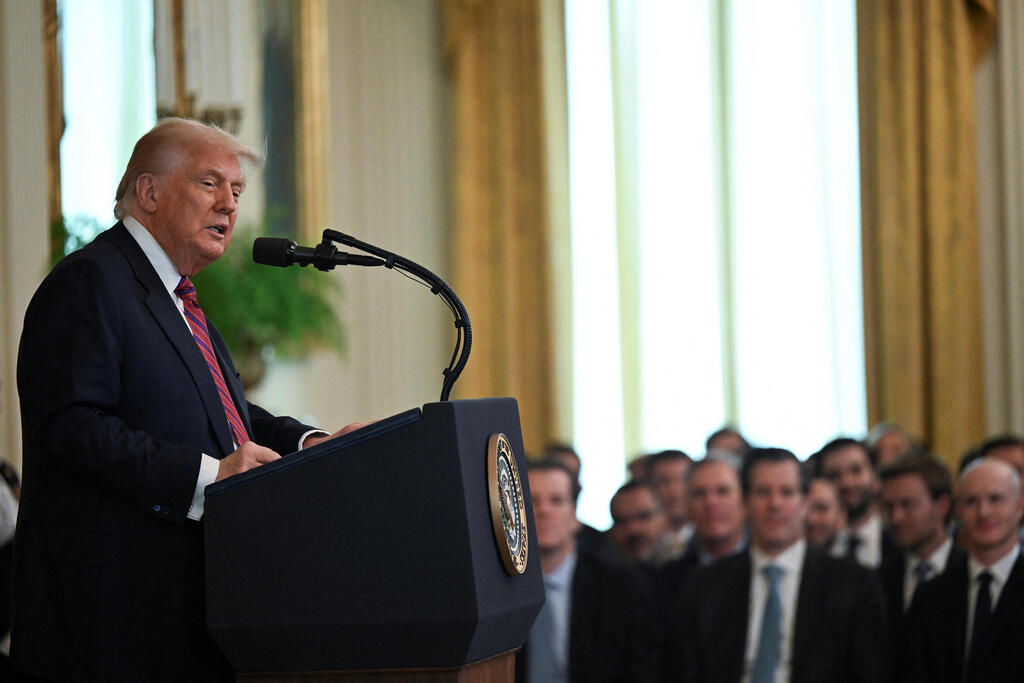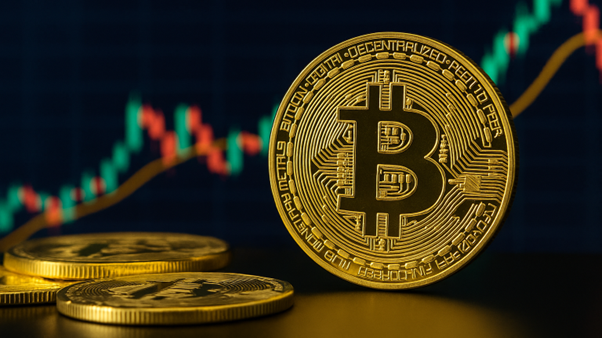Last week’s passage of the GENIUS Act marked a significant milestone for U.S. financial policy, and a subtle yet meaningful shift in the global monetary system. While headlines focused on regulatory clarity for stablecoins, the deeper story is that the U.S. government has discovered a new way to finance its ever-expanding mountain of debt.
3 View gallery


US President Donald Trump at the signing of the GENIUS Act, last week
(Photo: REUTERS/Annabelle Gordon)
Governments, historically and by design, are not great at living within their means. The U.S. is no exception. As entitlement spending expands and deficits persist, borrowing becomes a feature, not a bug. The government must borrow not only to fund services like health care and defense but also to pay down the growing interest on new and existing debt. When tax revenue falls short of covering the scale of financing required, the options are limited: raise taxes – a politically unpopular choice – or print more dollars.
We are on the cusp of a massive wave of capital flowing into bitcoin-centric products and services
This is where the cracks begin to surface. Expanding the money supply through the issuance of debt and money printing may help delay a crisis, but it comes at a steep cost. More dollars in circulation chasing the same goods means each one buys you less, driving price inflation and punishing savers. This isn’t theoretical. Since the start of the pandemic, the U.S. money supply has surged by over 40% and consumer prices have climbed more than 20%, eroding the purchasing power of the dollar by a similar margin.
As this dynamic plays out, investors will increasingly turn to hard assets that cannot be manipulated by central banks or governments. And while stablecoins might feel like a safe bet, they are still tied to the very fiat system they were built upon. If the dollar stumbles, so do they.
As these features become more widely understood, capital is likely to flow into Bitcoin in a meaningful way. Many hedge funds, corporations and even governments have already begun to change their tune on bitcoin. “Smart money” is no longer dismissing bitcoin as a speculative bet but increasingly views it as a macro hedge and a credible digital reserve asset.
BlackRock’s spot bitcoin ETF (IBIT), launched in early 2024, surpassed $50 billion in assets under management in less than one year, making it the most successful ETF launch in history. In his most recent letter to shareholders, BlackRock CEO Larry Fink noted, “If the U.S. doesn’t get its debt under control, if deficits keep ballooning, America risks losing its position to digital assets like bitcoin.”
This is just the beginning of the bitcoin flywheel. As adoption grows, liquidity improves, volatility dampens and the ecosystem matures. Demand drives value, and value invites more demand.
If this thesis is correct, we are on the cusp of a massive wave of capital flowing into bitcoin-centric products and services, from custody solutions and lending platforms to new financial rails built on top of the protocol.
In the short term, stablecoins may be a tailwind for dollar supremacy. But they are also quietly building the foundation for bitcoin’s long-term ascent. They onboard users, build infrastructure and expose the inherent vulnerabilities of the fiat system to which they are linked.
With regulatory clarity advancing and new conversations taking shape around a national strategic reserve, the bull case for bitcoin has never been stronger.
What’s unfolding is not just the rise of an alternative asset. It’s the emergence of a parallel monetary system. And it’s happening faster than many expect.




